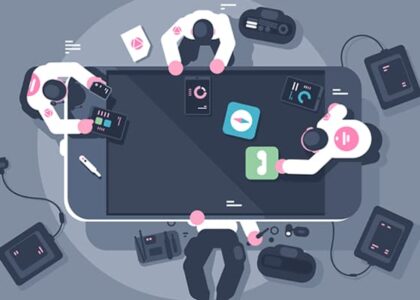Learning about product design can be an exciting journey that involves a combination of theoretical knowledge, practical skills, and hands-on experience. Here are some steps you can take to start learning about product design:
- Research and Familiarize Yourself: Begin by researching and familiarizing yourself with the principles, concepts, and processes of product design. Read books, articles, and online resources that cover the fundamentals of design thinking, user-centered design, form and function, aesthetics, materials, and manufacturing processes. This will provide you with a foundation to build upon.
- Enroll in Design Courses or Programs: Consider taking design courses or enrolling in a design program. Look for reputable institutions, colleges, or universities that offer courses or degrees in product design, industrial design, or related fields. These programs can provide you with structured learning, access to industry professionals, and hands-on projects to develop your skills.
- Gain Hands-on Experience: Learning through practical experience is crucial in product design. Look for opportunities to engage in hands-on projects, internships, or apprenticeships where you can apply design principles and work on real-world design challenges. This experience will help you understand the practical aspects of design, problem-solving, and working with clients or teams.
- Build a Design Portfolio: As you gain experience, start building a design portfolio to showcase your skills and projects. Include a diverse range of design work, such as sketches, concept ideation, 3D modeling, prototypes, and finalized designs. A portfolio will demonstrate your abilities and creativity to potential employers or clients.
- Learn Design Software and Tools: Familiarize yourself with design software and tools commonly used in product design, such as computer-aided design (CAD) software, 3D modeling software, prototyping tools, and graphic design software. Practice using these tools to create digital designs, prototypes, and visual presentations.
- Attend Design Workshops and Events: Participate in design workshops, conferences, and events to expand your knowledge, network with professionals, and stay updated on the latest trends and technologies in product design. These events often feature industry experts and provide valuable insights and learning opportunities.
- Seek Mentorship and Feedback: Find mentors or experienced professionals in the field who can guide and provide feedback on your design work. Their expertise and insights can help you refine your skills, improve your design thinking, and navigate the industry.
- Continuously Learn and Stay Curious: Product design is an ever-evolving field. Stay curious and continuously learn by exploring new design trends, technologies, and methodologies. Engage with design communities, join online forums, and follow design blogs and publications to stay updated and inspired.
Remember, learning product design is a continuous process, and it takes time and dedication to develop proficiency. Be open to learning from both successes and failures, and embrace a mindset of continuous improvement and iteration in your design practice.





